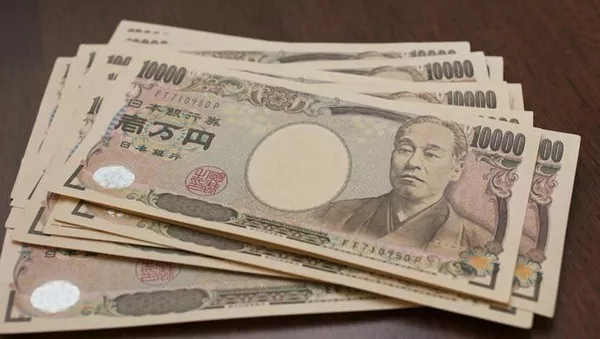The Japanese Yen (JPY) faced pressure on Wednesday, unable to sustain its modest gains from the previous day against the US Dollar (USD) as fresh selling emerged during the Asian session. The USD/JPY pair remained confined within a narrow range since the start of the week, as traders await a new catalyst for the next directional move. Market focus is primarily on US President Donald Trump’s upcoming reciprocal tariff announcement, which could significantly impact global trade dynamics.
Market Caution Over Potential Economic Impact of Tariffs
Speculation that tariff-driven economic slowdowns could compel the Bank of Japan (BoJ) to maintain its current policy stance for the time being weighed on the JPY. Despite these concerns, investors remain optimistic that the BoJ will continue raising interest rates due to signs of broadening inflation in Japan. This outlook stands in contrast to growing expectations that the Federal Reserve (Fed) may resume its rate-cutting cycle by June, which should continue to support the lower-yielding JPY.
Asian equity markets mirrored overnight gains from Wall Street, adding to the pressure on the safe-haven Yen as market participants await Trump’s tariff announcement. On Sunday, Trump signaled that the proposed tariffs would extend to all countries, not just those with significant trade imbalances, undermining hopes that the levies would target only a select few nations.
Concerns over the potential impact on Japan’s key industries have prompted investors to scale back their expectations for the BoJ to raise rates more aggressively. However, strong consumer inflation data from Tokyo, released last Friday, keeps the door open for further rate hikes by the BoJ, helping to prevent deeper losses for the Yen.
Diverging Economic Outlooks: Fed vs. BoJ
The Fed’s position remains challenging as rising prices and slowing business activity point toward a potential stagflationary environment. Data released this week showed that the manufacturing sector contracted for the first time in three months, and factory-gate inflation surged to its highest level in nearly three years. Additionally, the Job Openings and Labor Turnover Survey (JOLTS) showed a decline in job openings, further underscoring concerns about the US economy.
Markets are currently pricing in the possibility of an 80 basis point rate cut by the Fed by the end of this year, but this has failed to bolster the US Dollar. The divergence between the BoJ’s and Fed’s policy outlooks is expected to narrow the interest rate differential between Japan and the US, which could limit further losses for the JPY and cap the upside potential for the USD/JPY pair.
Technical Outlook: USD/JPY Faces Key Resistance Levels
From a technical standpoint, the USD/JPY pair has shown resilience below the 100-period Simple Moving Average (SMA) since the beginning of the week. However, caution remains warranted, as neutral oscillators suggest that a sustained bullish momentum has yet to materialize. The recent breakdown below a multi-week-old ascending channel calls for confirmation of strong follow-through buying before traders consider positioning for significant gains.
The immediate resistance for USD/JPY lies around the 150.25 level, the weekly high. A decisive move above this could push the pair towards the 150.75-150.80 zone, followed by the 151.00 mark. Further strength could lead to a test of the March monthly swing high near 151.30 and the 200-day SMA at approximately 151.60. A break above this level could propel the pair towards 152.00 and 152.45-152.50.
On the downside, the 100-period SMA on the 4-hour chart, currently around the 149.30-149.25 area, offers initial support. Additional support levels are seen at 149.00 and 148.70 (the weekly swing low). A convincing break below these levels would likely signal a shift in momentum, potentially triggering further downside and resuming the downtrend seen over the past three months.
Related Topics:


























